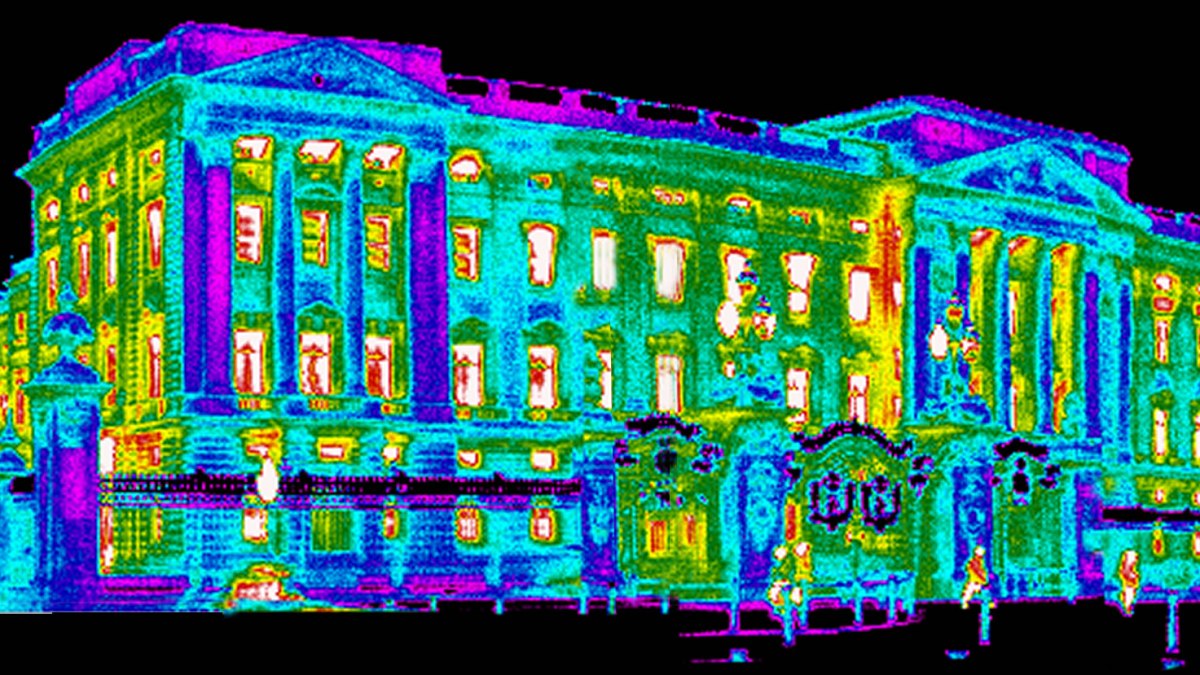The King is known to be relatively frugal, at least by royal standards. He wears the same clothes for decades and even has his shoes repaired rather than buying new ones.
However, it seems that someone ought to introduce him to Uswitch or some other price comparison website because data shared with The Times shows that the royal household is paying top whack for its energy.
The royal palaces paid the equivalent of 43.3p per kWh for electricity last year — far above the energy price cap, which varied between 22p and 25p per kWh over the same period, although households would also have to pay a standing charge of as much as 60p per day.
The King didn’t get a much better rate on gas at 7.7p per kWh, compared with a price of 5.5-6.3p/kWh on the price cap.
By comparison, the National Portrait Gallery, where more than a dozen pictures of King Charles’s ancestors hang, pays less than half as much for electricity and a third less for gas.
In total, the royal household, which runs Buckingham Palace, Windsor Castle, the Palace of Holyroodhouse, Clarence House, St James’s Palace and Kensington Palace, spent £2.6 million on electricity and £1.1 million on gas.
The cost would be even more expensive if it weren’t for a hydroelectric scheme at Windsor Castle that uses the Thames to generate 40 per cent of its power.
The Romney Weir hydroelectric scheme generates 40 per cent of the electricity used by Windsor Castle
ALAMY
Palace insiders point out that it has to use commercial contracts, which tend to be more expensive, and that it expects its energy costs to fall as expensive deals secured after the Russian invasion of Ukraine unwind.
The data, obtained by Box Power, a not-for-profit energy consultancy, show that the royals’ various properties burnt through six million kWhs of electricity last year, enough to power more than 2,200 standard-sized homes or a town about the size of Billinghurst in West Sussex.
Buckingham Palace, which has 77,000 square metres of floorspace across its 775 rooms, is thought to be the most expensive royal residence to heat and light, using more than 40 per cent of the entire royal estate’s power.
It uses a combined heat and power system for its main heating and hot water, which converts natural gas to electricity, with the byproduct heat used for the building’s radiators.
How efficient this system is remains open to doubt, with the late Queen using a two-bar electric heater for extra warmth in specific rooms.
It is unclear to what extent the King is aware of the cost of the energy consumed across the royal palaces but, as a lifelong environmentalist, he has tried to cut the amount of power used in recent years, even turning down the heating of the indoor pool at Buckingham Palace.
• Why King Charles is turning down the temperature on the Buckingham Palace pool
Staff and family have also observed the King checking that no lights remain on unnecessarily. In a BBC documentary to mark Charles’s 70th birthday in 2018, Prince Harry said: “He’s a stickler for turning lights off.”
Solar panels at Clarence House
Solar panels have also been installed at Clarence House and LED lights are widely used.
Despite this, the figures show electricity consumption at the royal palaces grew by 5 per cent last year, although gas consumption fell 1 per cent and is down 27 per cent on four years ago.
Corin Dalby, chief executive of Box Power, which conducts an annual survey of the prices paid by government departments, councils and high-profile institutions, said: “The Palace got it wrong by buying high post-invasion and bought for too long, meaning they paid more than 99 per cent of those in our survey.
“Over the last four years, our reports have consistently revealed that many organisations have paid significantly more than necessary. A notable exception this year is the National Portrait Gallery, which, despite having lower energy usage, seems to have leveraged greater economies of scale and expertise through the government’s centralised purchasing.
“This suggests that His Majesty could have potentially saved up to £3 million on energy over the past four years had the palaces secured similar pricing.”
• King Charles’ Crown Estate enjoys bumper windfarm profits
A Palace spokesman said: “Over the relevant period, the royal palaces have seen increasing levels of public access and numerous large-scale state events and receptions, which have inevitably impacted on energy requirements.
“However, the relatively small increase in electricity usage is a result of moving energy use from gas to renewable electricity where possible. This demonstrates how serious the royal household are about reducing our environmental footprint and delivering value for money, both of which remain strategic priorities.
“Our environmental impact, energy costs and usage are disclosed in the annual sovereign grant report as part of our commitment to transparency on these issues. We continue to proactively work with, and learn lessons from, other organisations to share best-practice knowledge.”


